
Imbratisarea diferentelor sau despre concilierea in Hristos
The text is a theological essay written by Dorin Gabriel Muresan.
More...We kindly inform you that, as long as the subject affiliation of our 300.000+ articles is in progress, you might get unsufficient or no results on your third level or second level search. In this case, please broaden your search criteria.

The text is a theological essay written by Dorin Gabriel Muresan.
More...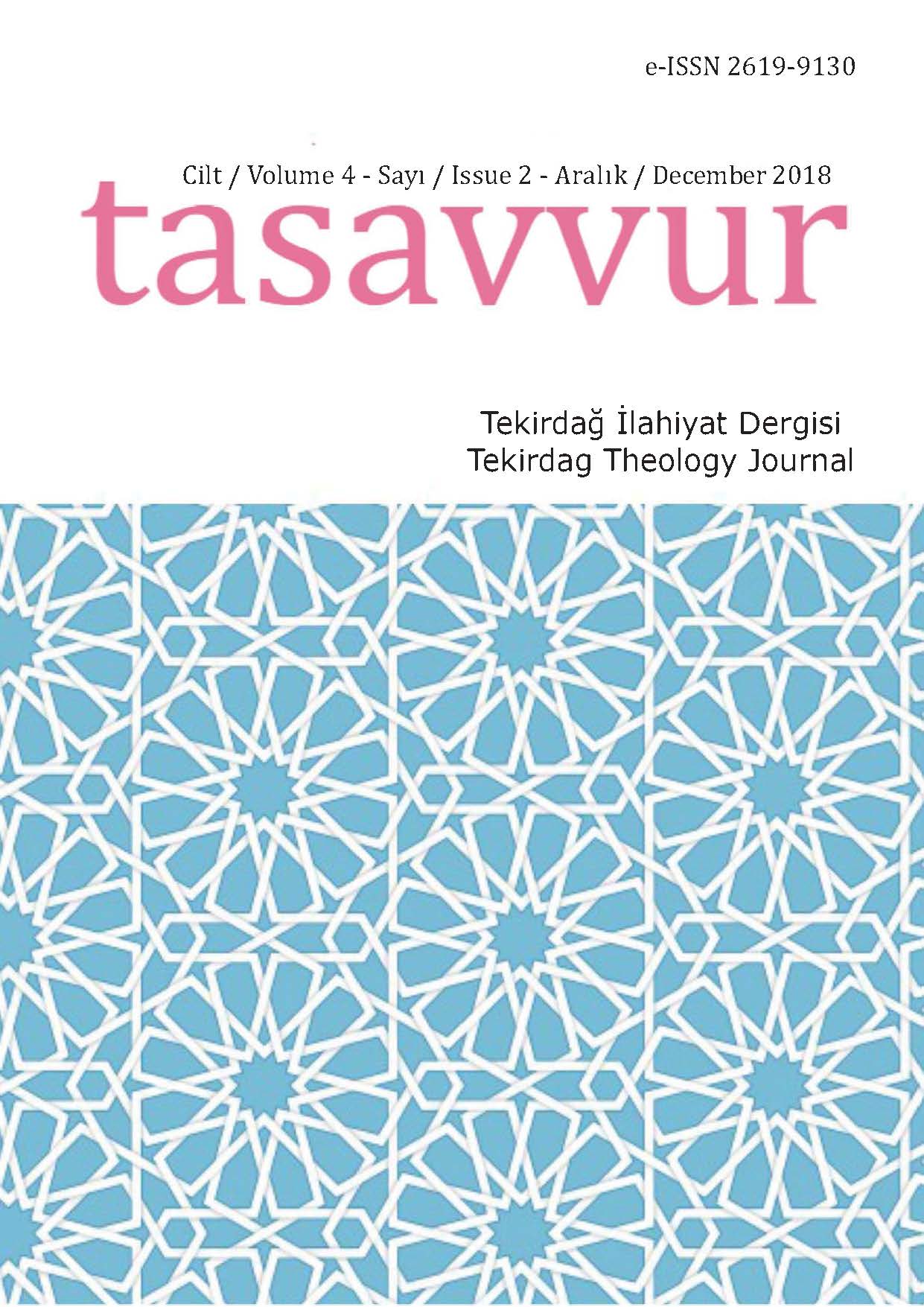
In this article, chronological information will be given about the takkas established in the church buildings in Istanbul. After the conquest of Istanbul in 1453 Mehmet II started to establish works of foundation in the city in order to reorganise the city and the statesmen were encouraged the creation of such charitable works. In order to provide the current needs in the city, some of the churches were converted into mosques, masjids, madrasah, lodges- takkas and public soup kitchens. Among these structures, there were double-function buildings serving both as a mosque and as a takka. Many of these mosques and masjids were used as a religious ceremony place/tevhidhane, suffering place/çilehane and training place. There are mosque and takkas were build on the grounds of many ruin churches, which could not be restored due to various reasons. In Istanbul, there were eighteen churches which were used as tevhidhane where the chanting of the tariqah was made on certain days of the week, and takkas were built in their places.
More...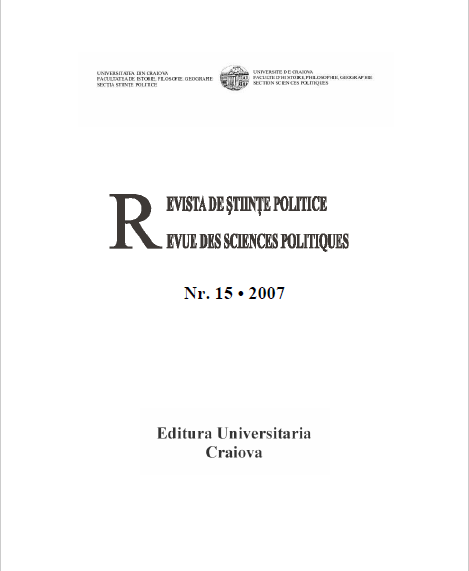
The proclamation of the Constitution from 1866 represented an essential step on the road of completion of modern organization od the Romanian society, because not only a historical period of Romanians was elaborated, but, by firmly stating the national sovereignty and aspiration for independency, by the tone on which it was written, by some stipulations and especially by ignoring the Ottoman suzerainty and the warranty of great powers, it was brought out as a fundamental statute of a free country. Thus, in the year 1867 a new draft oragnic law was made for the Romanian Orthodox Church for which in the year 1869 the consent of the Hegumenic Patriarch Gregory the 6th (1867-1871). The lack of synod canonical authority in the Romanian Orthodox Church that was supposed to regulate the dogmatic and disciplinary issues determined the Romanian Government, through the report no. 12693 from 1872, drafted by Christian Tell, the Ministry of Cults and Public Education, to propose to the Legislative Bodies a law for the election of metropolitan bishops and eparchy bishops and the establishment of the Holy Synode of the Romanian Orthodox Church. This project was voted by the Chamber of Deputies (4th of December 1872) and by the Senate (11th of December 1872) and ammended on the 14/16th of December 1872, under the name of Organic law for the election of metropolitan bishops and eparchy bishops and the establishment of the Holy Synode of the Romanian Autocephalic Orthodox Church.
More...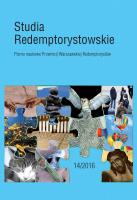
The article is an attempt to systematize, in a critical way, the development of the idea of the religious image in the Christianity. It demonstrates how that idea of the image, i.e. the nature and functions became gradually clear in practice of living, in the thought of Fathers, in conciliar statements. In the first point the article shows the base of depicting – that is the mystery of the Incarnation. In the next part, the article discusses the image at the ancient Church, i.e. catacomb paintings, paintings of the Constantine age, the first critical voices of images, as well as voices of supporters of images and the first guidelines in their matter. In the final part the article demonstrates the iconoclastic dispute and ultimate victory of the orthodoxy announced in the iconological dogma.
More...
The presented article discusses the reasons justifying the introduction of changes in motu proprio De concordia inter Codices. According to the analyses, replacing the term “Ecclesia ritualis sui iuris” with the term “Ecclesia sui iuris” in cann. 111–112 of CIC as well as adding to can. 112 of CIC a new § 3 concerning the effectiveness of transfer to another Church is fully justified. In the first case, terminology used in western legislation was correlated with terminology used in eastern legislation which is more adequate for system solutions. In the other case, a loophole existing in CIC was removed. The author believes that what arouses controversies is adding to the structure of can. 111 of CIC a new § 2 regulating the question of church membership of achild in asituation where one party of a mixed marriage is a catholic. He states that in this case the argument used by the canonists who point out the practices of the Congregation for the Oriental Churches is unjustified. He thinks that introducing the rule now codified in can. 111 § 2 of CIC not only stands against the agreement in ecumenical dialogue but is also incoherent with normative code solutions concerning one’s membership in a community of faith (cann. 96, 204 § 1 of CIC). According to the author, such an ambiguous legal status will lead to a situation in which the norm codified in art. 1 § 2 motu proprio De concordia inter Codices will not be applied rigorously but only in appropriate conditions.
More...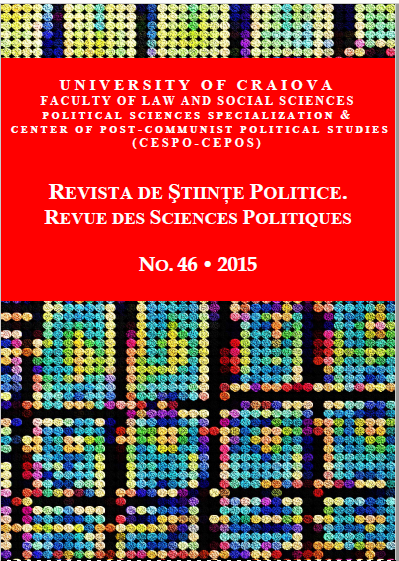
From a problem that concerned only a small number of people, migration has become a constant concern both nationally and internationally. The concrete realities in different regions have become over time subjects of analysis and reflection in order to find solutions that meet the many theoretical and practical issues raised by migration. In Romania people are increasingly discussing about migration and its implications on all sectors of human life. In this context, the Romanian Orthodox Church is called by his priests, to contribute to the integration of people of other nationalities, cultures and beliefs that are established here and at the same time, to help her spiritual children living and working in different parts of the world to preserve and to confess their Orthodox Christian faith. Moreover, it should take care of their families in the country and to contribute to the education of children, whose parents are away, in the spirit of the Christian tradition.
More...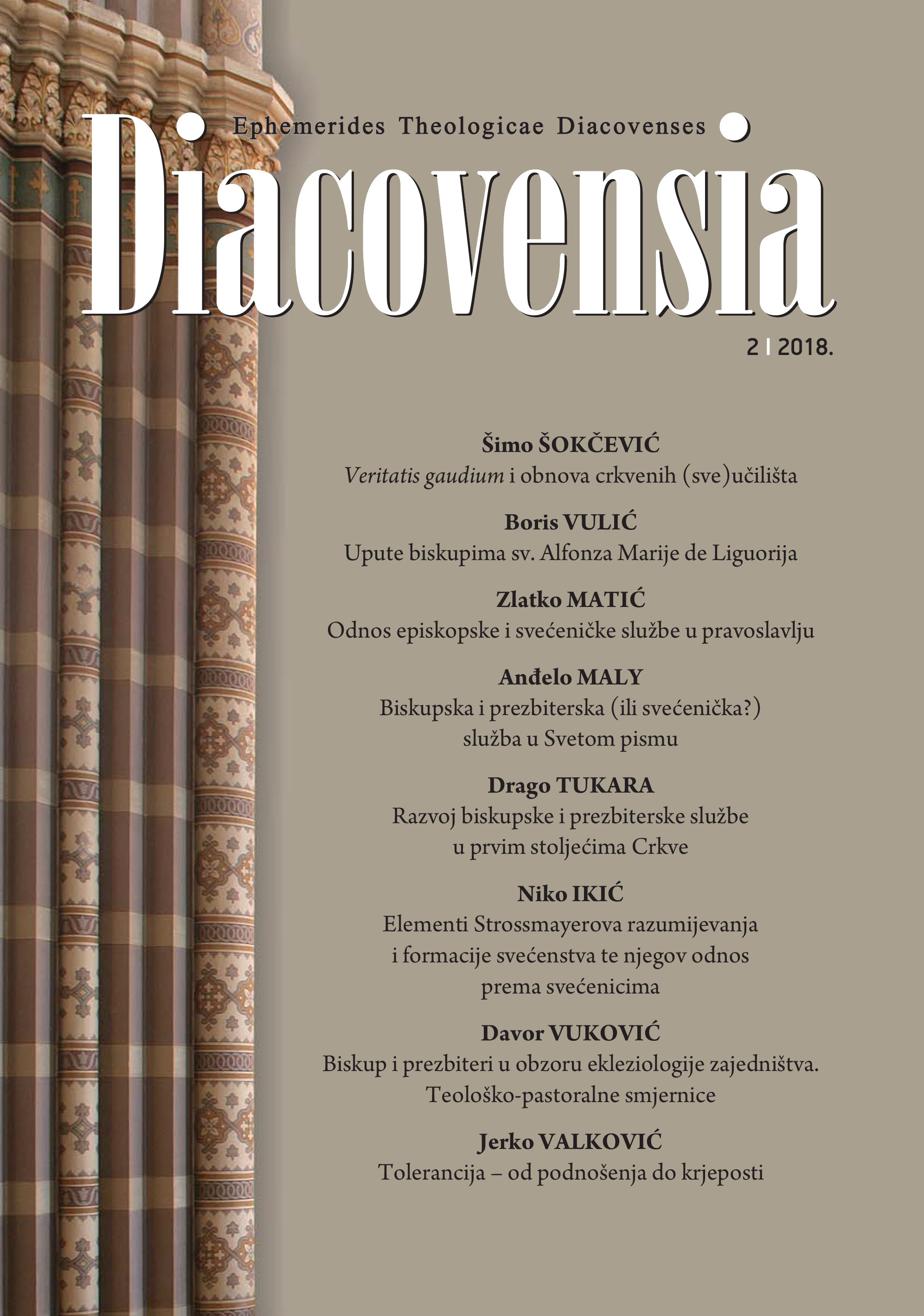
Il presente articolo concentra la sua attenzione sulla teologia dei ministeri ecclesiali (soprattutto del vescovo e del presbitero) nella Chiesa ortodossa. La ricerca è strutturata in tre parti principali. Nella prima parte si analizza l’evoluzione dei ministeri summenzionati, la seconda parte si propone di osservare in particolare la situazione attuale nell’ortodossia, mentre nella terza parte, l’autore presenta un suo tentativo di prospettare il ministero del vescovo come ministero primariamente communionale, relazionale nei confronti di tutta la Chiesa. Così, le conclusioni affermano la prospettiva dell’ecclesiologia di comunione come il naturale quadro entro cui dobbiamo collocare tutti i ministeri della Chiesa.
More...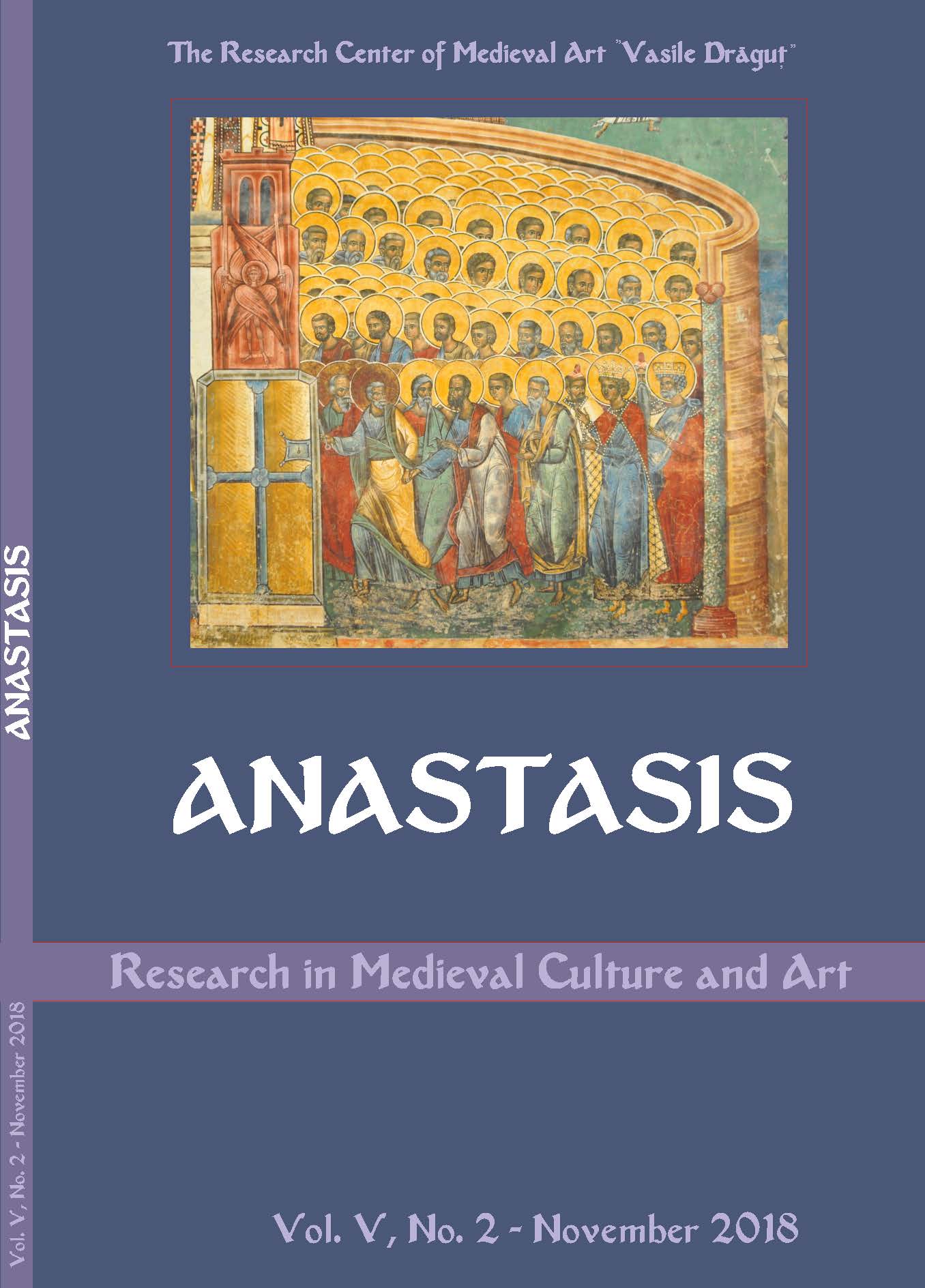
In this article, we intend to highlight, as much as possible in a limited number of words and using the texts of the Holy Fathers of the Church, the multifaceted revelation of God‟s love for us, specifically: through the entire Creation, through His Son‟s unfathomable Incarnation through which He makes evident the true value of man, through His Cross which is the key to the mystery of Christ‟s love, through His Resurrection and Ascension, by indwelling us with the Holy Spirit, by giving Himself for and to us as only He Himself could in the Holy Eucharist, through the fact that God always intends the best for man in all His actions and loves each of us to the fullest, etc. Moreover, we have emphasized the fact that the multitude of man‟s sins does not exceed God‟s love for us. This, of course, should not be understood as an exhortation to continue in sin, because God is merciful and forgives man, but it should be regarded as an exhortation to repent sincerely. God always awaits for the sinner to return to Him, through repentance, to bestow upon him forgiveness and, simultaneously, peace, joy, serenity and eternal blessing. Each page of this article is intended as an invitation to love, and to grow in that love of God and our neighbours.
More...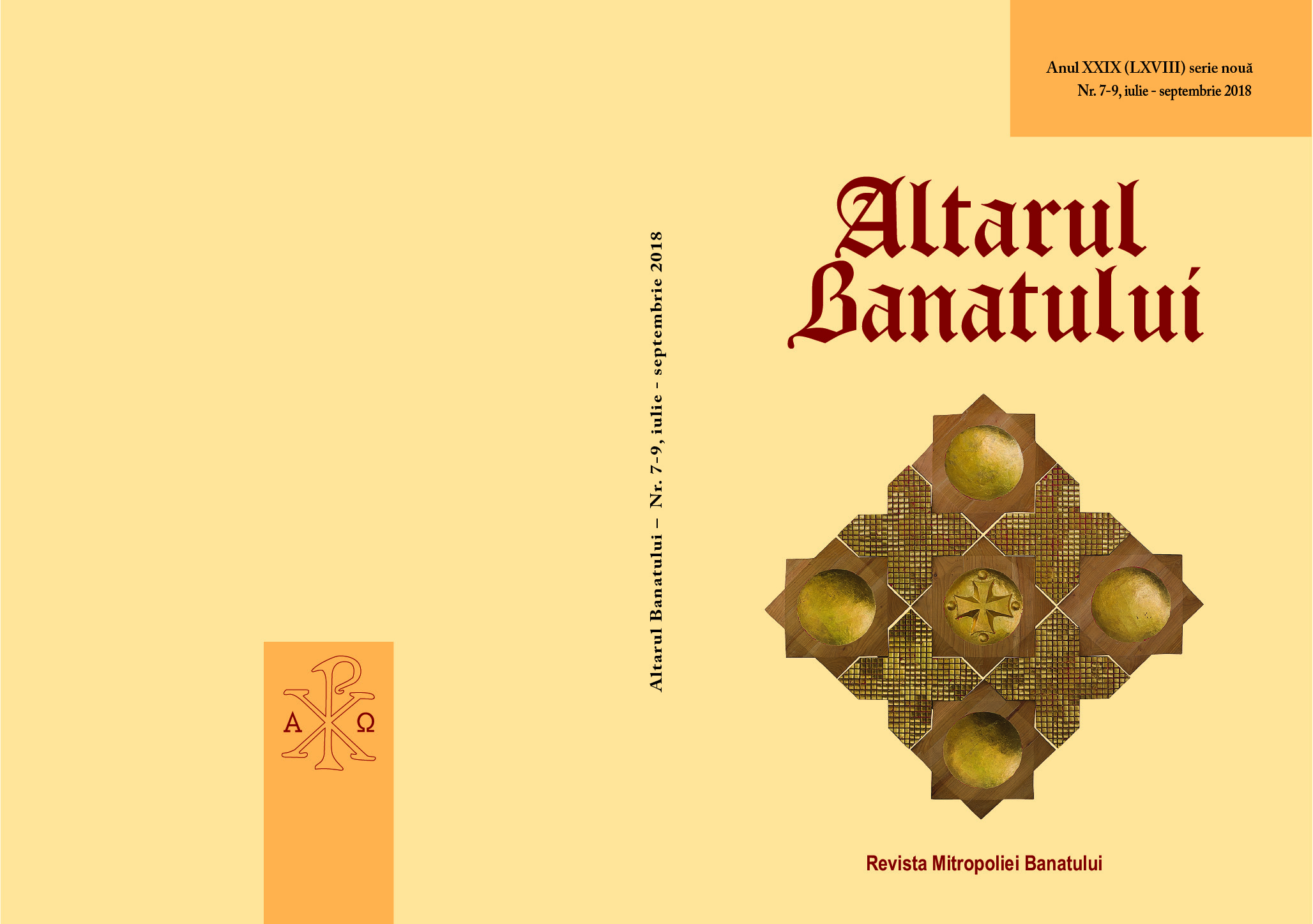
The Christian lecture determines the basic elements of a family, enabled to fulfill and accomplish human personality which, from a humanly perspective, is defined as the intentionality towards communion and aspiration towards values … Therefore, “the man is the head of the family; the woman is the brilliance – the celebration of man… Man is calling, reason, knowledge, power, reflection, creation; woman is answer, heart, commitment, spontaneity, procreation, the possibility of inspiration and revelation of man’s power”. At the same time, the Christian family fulfills the purpose of human life on Earth, as well as the existential destiny of man, in the sense that “man desires the woman to be a continuation of him, of his work, so as to physically defeat death; woman desires to carry, to give birth to the fruit of her body with love and devotion”.
More...
The preaching of John the Baptist was of short duration. Having prepared people to receive the Saviour, he ended his life with a martyr’s death. Soon after the baptism of the Lord, John was put in prison by the Galilean King Herod. John upbraided King Herod because he had married his brother Philip’s wife, Herodias, even though his brother was still alive. Herodias became embittered against for this and wanted Herod to kill him. About a year passed after the Forerunner’s imprisonment, when Herod celebrating his birthday gave a banquet for his courtiers, and officers, and a thousand leading men of Galilee. Salome, the daughter of Herodias and stepdaughter of Herod, also came to this banquet. She danced for Herod, which pleased him and his guests. Herod sent a soldier to the prison to cut off the head of John. The soldier fulfilled the order of the king, brought the head of John the Baptist on a platter and gave it to Salome, and Salome gave it to her mother Herod . The day of the martyrdom of St. John the Baptist is commemorated by the Holy Orthodox Church on the 29th of August and is called the Beheading of John the Baptist. The Holy Church teaches that St. John the Forerunner is the greatest of all saints after the Mother of God.
More...
For the Orthodox Church, the mid-18th century was a milestone, the start of a new stage, for reorganization and re-acquirement of ancestral rights. The first episode was the ample movement for religious awakening, initiated by the Orthodox hieromonk Visarion Sarai, originating from Bosnia and arrived in Banat in January 1744. On his way to Transylvania, he stopped in Lipova, erecting a cross on the edge of the town, where he would preach the crowds gathered about the “true Greek-Oriental faith”. In just a few weeks, the solitary Orthodox had disorganized the entire infrastructure united at the south of the Ardeal.
More...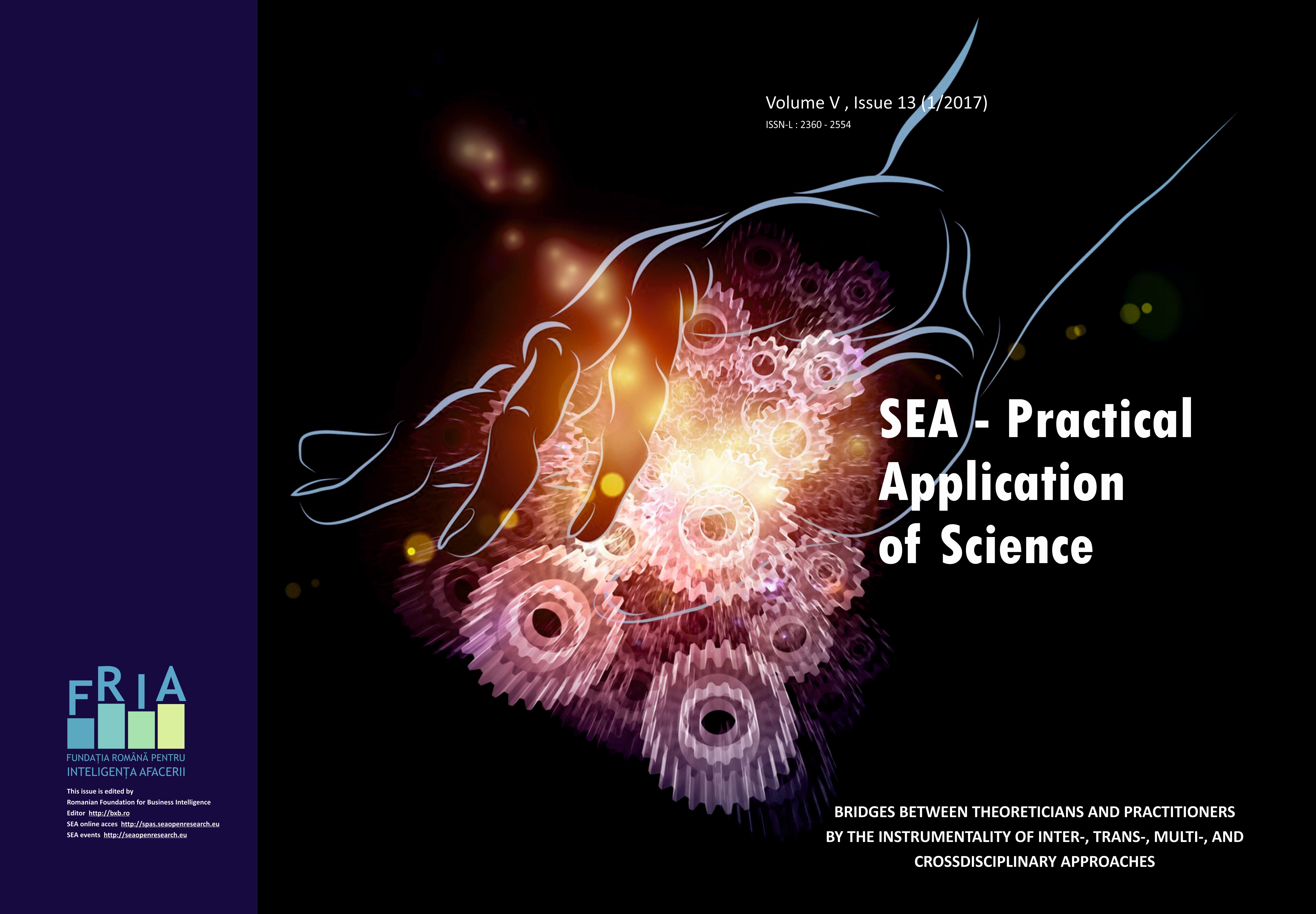
In the postmodern contemporaneity, when, as W. T. Anderson shows, the world religions can discover, in full awareness, what divides them and approaches them, and when, as Jean Delumeau emphasizes,"... different religions exalt each in its language, wisdom and compassion, sincerity and humility, which are precious common values , nobody may not wish them disappear" (Nicolae Achimescu, 2013), the Orthodox Church opens its doors to all the believers of the world awaiting the love of the Lord, as Rev Professor Dumitru Belu writes in his iconic book About love(Dumitru Belu, 2016), understanding through tolerance and co existence the inter religious dialogue. The renewal of the religious world societies will start, in this context, from the hope that the inter religious dialogue has the faith in its "mission for promoting a globalization capable [...] of sustaining authentic dialogue between religions and cultures"(Dumitru Popescu, 2003). In other words, Orthodoxy is sincerely (Nicolae Achimescu, 2006) on the path of the dialogue, being aware of the need and the utility of the dialogue, but also of the chance, perhaps unique, of making publicits sacred and liturgical tradition, given the fact that it is God „who wants all people to be saved and to come to a knowledge of the truth."(I Timothy 2:4).
More...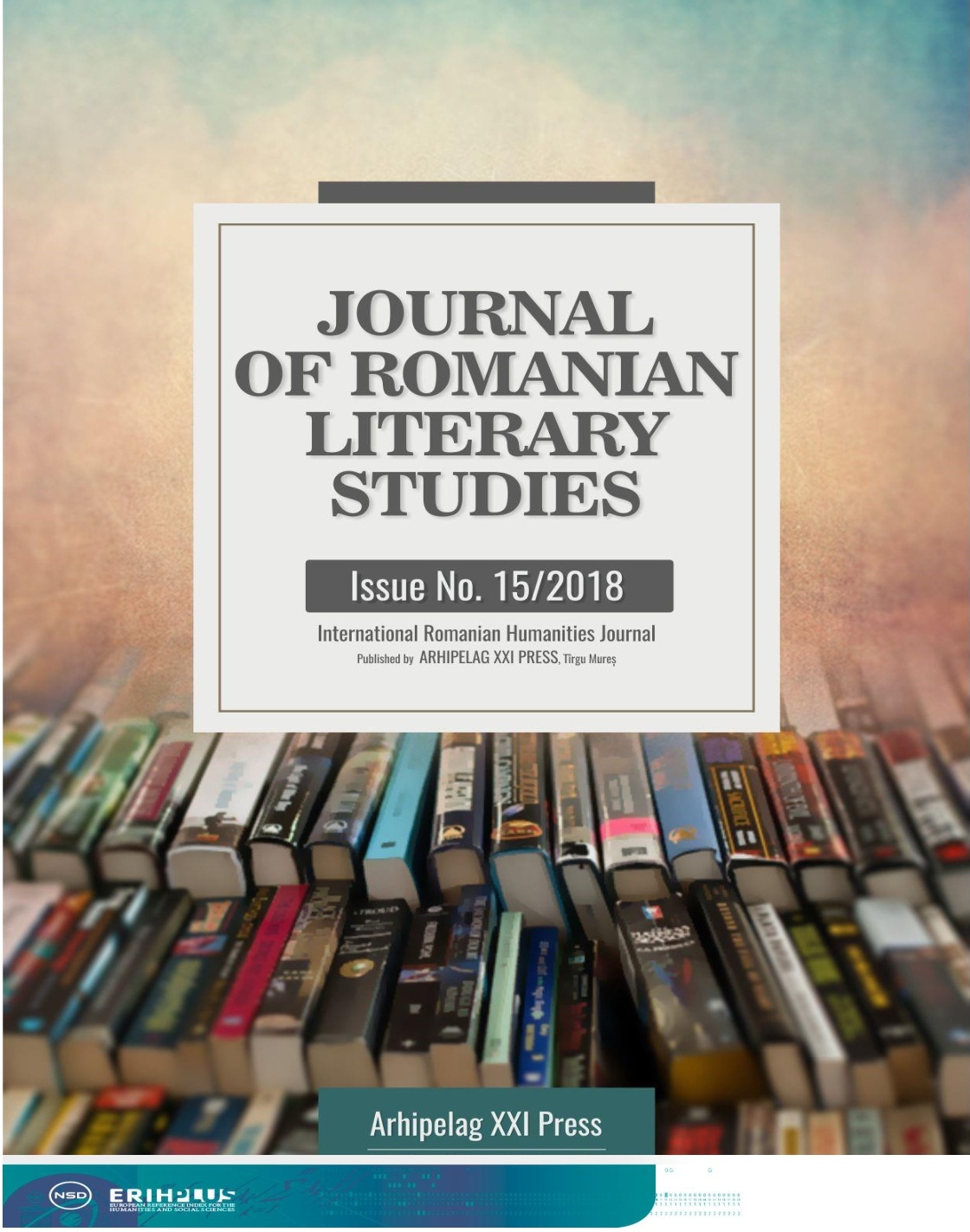
The study presents aspects of the Romanians' steps in the Moldavian Principality in order to achieve ecclesiastical autonomy in the last part of the Phanariot regime and in the first three decades of autochtonous domination, the most important aspects of this struggle being aimed at subordinating the Greek clergy and bringing the monasteries dedicated to the Holy Places under Romanian control.
More...
God’s thoughts and actions are not the same with the worldly ones (Isaiah 55, 8-9), proving the smallness of this world’s wisdom (I Cor. 3, 18-20). By virtue of these aspects, the vocation of the nation always remains the same, and its role is a durable one, reason for which God does not cancel it but is permanently updating it, making it appropriate for the spiritual degree in which its representatives are. The continuous and immutable advancement of the spiritual beings towards God through the three continuous phases: purification, illumination, completeness, brings about the endowment of the nation with new graces without making the old ones disappear. Thus, the nation itself becomes a spiritual thesaurus summating values offered by God, values which are intimately revealed in the nature of those who share their life with Christ’s.
More...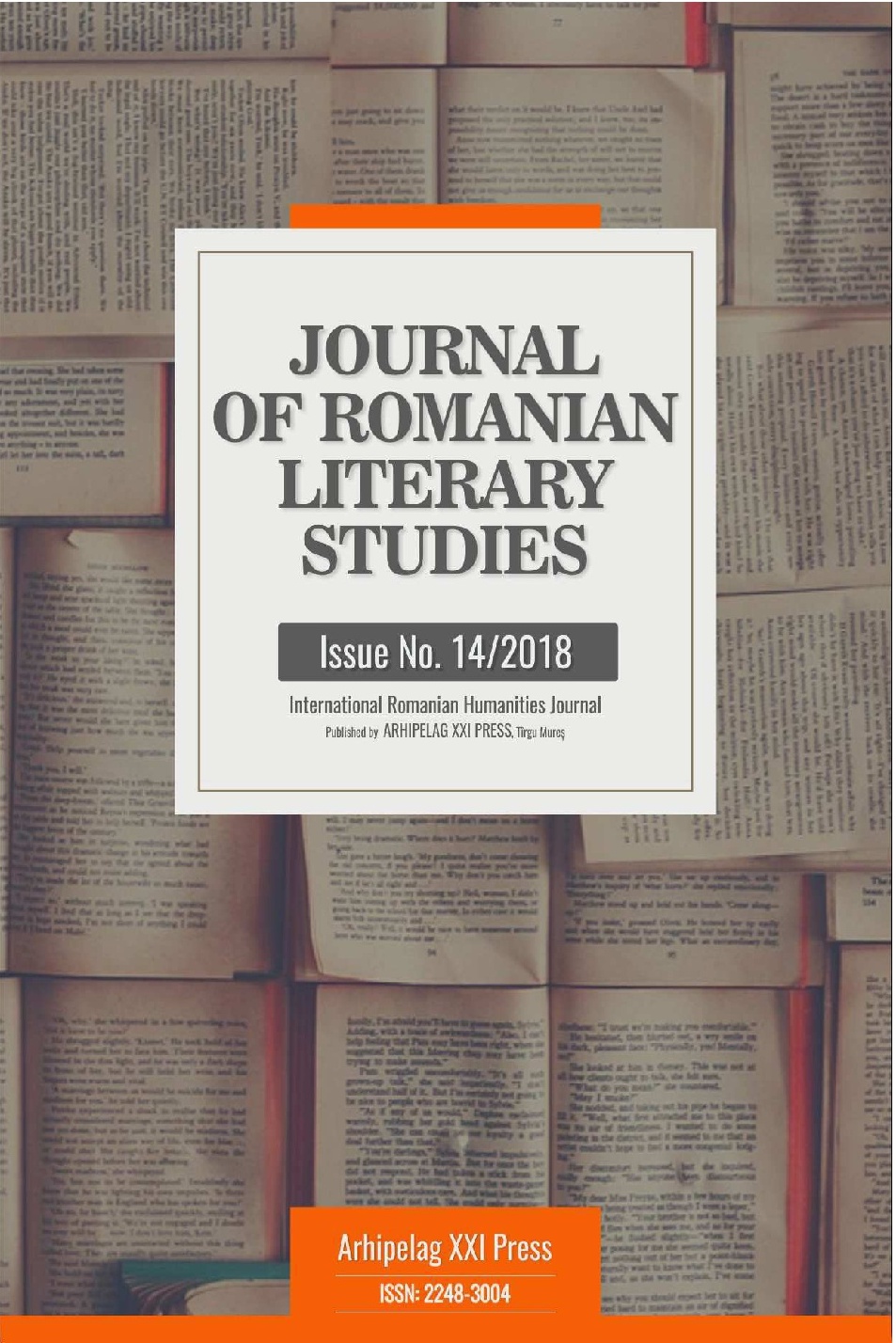
Mircea Eliade was a historian of religions, a philosopher as well as a writer. He taught philosophy and history of religions at the University of Bucharest, the Ecole pratique des hautes études in Paris and the University of Chicago. As a diplomat, he served as cultural attaché at the Romanian Embassy in London and the Romanian Legation in Lisbon. He never returned to the country after the communist regime was established in Romania. His studies and syntheses are characterized by an original view on the relationship between sacred and profane. He made an outstanding contribution to the history of religions, mythology, shamanism and symbolism.
More...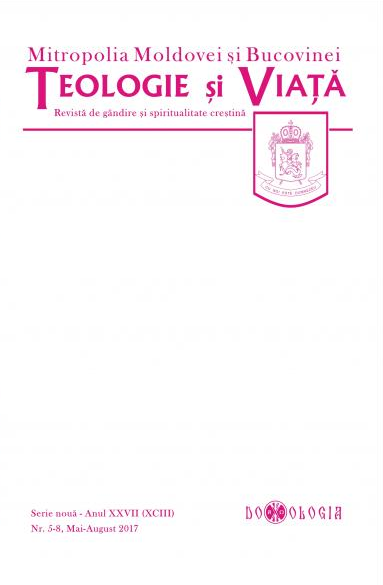
Are there differences between the anthropology of Protestant theologian Emil Brunner and the Orthodox anthropological theology? We consider that there are, and they start from a very simple fact. In our opinion, Brunner’s anthropology is characterized by a lack of thorough knowledge of the patristic thinking of the early Christian ages, especially that of the Eastern Church Fathers, as well as a lack of knowledge of the life and spirituality of the Eastern Church, which has formulated and kept with reverence, over the ages, the teaching of human person.
More...
The aim of the study is to discuss the way God is experienced in the Orthodox Church from three perspectives: biblical, faith and dogma of the Church as an essentially human act, the role of the Christian faith in education and culture. In the Romanian ecclesial Orthodox context, there is a genuine Christian ethos that must be revived out of its latencies, being ready to erupt by the courage of doxological confession. Therefore, faith, education and culture are the triptych of life and Orthodox confession, a spiritual credit for the Romanian Orthodox identity in the pilgrimage of the ecclesiastical history to the Kingdom of Light. Christian faith is the basis of Christian culture and the fruit of rationality heading to divine reason that pervades the rational man as far as possible.
More...
The mission of the Church in the Romanian diaspora abroad started centuries ago at a micro level and has intensified at present, becoming a topic of general concern for theologians and clerics. Taking to account the extension of the missionary work of the local Churches in the diaspora, it will be noticed that it intensified in the last 25-30 years due, first of all, to the migration of the faithful from their native country to the western countries. The migration of Romanians, which was low during the 18th and 19th centuries, more intense in the 20th century and notably high at the beginning of 21st century, prompted the Romanian Orthodox Church to follow its children to the places they live and work, thus creating, in a short time, many parishes. These parishes, seen as missionary cells of the Church, have contributed over the years to the formation of wider administrative-ecclesiastical structures, such as the Episcopacy or the Metropolitanate. This motherly and spiritual care towards the members of the Body of the Christ makes the diaspora become a missionary land of true importance for the whole Orthodox Church
More...
This study continues the series of descriptions of XVIIth century slavo-romanian manuscripts belonging to Metropolitan Anastasie Crimca of Moldavia already published. The presentation of this particular manuscript – to be found nowadays in the State Library Museum of History in Moscow – helps us to understand better the richness scholarly activity of this bishop, and the activity of the Moldavian Scriptorium in those times. Created for the monastery of Dragomirna near Suceava, this unique book, which contains several miniatures, is described and analysed in all his details.
More...
Church choirs express the presence of a religious life in the parish. Most church choirs emerged right after The Great Union. They were ploughmen’s, peasant’s, archers’ choirs. They were led by church singers, trained in schools and by ordinary people, of various occupations, who had talent and love for choral singing. Generally, they would sing regularly on Sundays and holidays. In the Câmpulung-Moldovenesc and Humor areas, the church choirs would participate in the contests organized by the Metropolitan and the best were also invited outside Bukovina. The Great Feasts would enjoy the presence of the choirs that were really singing and chanting. The role of the choirs was to cultivate the parish, to make a mission through singing, to bring the people closer to God, to do propaganda and to unify the community. The choirs were subsidized by the Metropolitan and the dignity and organization of their leaders was demanded.
More...